mistercrash
10 kW
After upgrading the battery, it's good to keep on upgrading other stuff. Like the Lyen 18 FET controller I just ordered, and a CA to go with it.





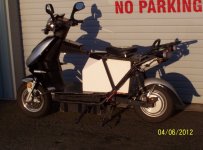
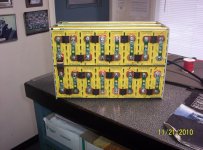
mistercrash said:Looking darn nice that scooter wrench, those cells are such a good choice for up here in Canada. The Konions are really good to me up to now but, in winter, I have to pay attention to the temp in the garage before I start charging. This winter I got lucky with the outside temps hovering above zero most of the times. Konions were designed to be charged down to -10 degrees. I'm at around 50V nominal which is good but I really want to go up to 72V. So I got it in my head to buy more cells and ad them to the pack to go 20S20P or 72V nominal and 30Ah. This should give me at least 60km/h and a range of at least 55 km at WOT.
When I ordered the Lyen controller, I forgot to get the three speed switch option so I'm going to have to get inside and install one with instructions from Edward Lyen. Then figure out what percentage of power to each position of the switch. I'm thinking 100% power on 2 and 3 and position one would get whatever gets me below 33 km/h. If I see cops, I flick the thumb switch and I'm legal. Once their gone, I flick again and bye bye
I would love for my scooter to be like this, but the cost of doing it would probably be close to buying that scooter.
http://youtu.be/-P21JeehYZA
mistercrash said:I read in here that someone had great success in bringing his hub motor temp way down just by sealing the end caps, drilling a small hole in one of the end caps near the axle and putting ATF inside the motor. I am thinking of doing the same thing to help cool down the motor better than just with air. This might help run this motor even with 72V.
mistercrash said:I don't know about any shunt for my CA as I have the direct plug in model. The speed limit option of the CA, I read a bit about it in the instruction book but I'm not sure exactly how it works. I suspect that you have to access the setting and then change the values to reduce the speed and set it. I don't see how this can help when you want to quickly reduce your top speed on the fly. With the thumb switch, I flick it and it's done, the top speed is reduced to whatever I set it to in the controller. With the CA, from what I understand about it, I have to start pushing buttons many times to reset the top speed. If I figured this out correctly, it's not very convenient to do while riding.
mistercrash said:The CA shows me that when riding I consistently use around 38 Wh/Km. I always am at WOT. So I figured I could have a range of 55 km with a 72V 30Ah battery.
mistercrash said:I don't have a way of measuring temp from inside the motor but the big difference in the end caps temperature shows that the oil is doing its job of transferring heat from the windings to the caps. What convinced me to try it was reports from people who did test this with temp probes inside their motors and reported significant temperature drops. I haven't found a negative report on this yet but maybe I didn't search hard enough
mistercrash said:Yes my CA is direct plug in and I did have to enter the wheel's circumference in the settings.
mistercrash said:I don't know what to think about that 38Wh/Km I got that day, maybe it's because I am pulling a lot of amps through that 500 watt motor in order to have a decent acceleration and climbing ability. Also I remember that day I was riding to test the new controller and I spent a bit of time going up the steepest hills of Guelph. I went up Grove street a few times, from the data I got from Google altitude finder to find the elevation from the bottom to the top of the hill (87 feet) and Mapquest to find the total distance from the bottom to the top (164 feet), I calculated the slope to be 27.9°.
mistercrash said:With a 1500watt motor like yours, I would think that it would make that number go down but it would make the scooter illegal. In Guelph, I have to watch out for that.
mistercrash said:If I do go up in voltage in the future, might as well upgrade the motor and just license and register the scooter as a LSM. But I would loose my place in the bike lane which is very convenient lots of times.
Have you explored the possibility of licensing your scooter as a LSM? According to our insurance company we need Transport Canada approval. When I inquired at TC, I was told no, as all welds, brakes, lights, etc, had to be certified. That is why I only use it off road.... :lol:mistercrash said:Since I go up so many hills all the time, maybe that is why I use so many Wh/Km. With a 1500watt motor like yours, I would think that it would make that number go down but it would make the scooter illegal. In Guelph, I have to watch out for that. If I do go up in voltage in the future, might as well upgrade the motor and just license and register the scooter as a LSM. But I would loose my place in the bike lane which is very convenient lots of times.
bcwrench said:Did you enter that value in the controller software as well? The only way the controller has of knowing what the road speed is if it knows the circumference. Without this parameter I would think the controller just cuts power across the board.
bcwrench said:Yikes!!! Using the figures above gives a 53% grade. There is no a road vehicle in existence that can climb that without a good long high speed run at it and huge HP. In general most roads do not go over 22% max. We have a hill here that is 26% and my scoot will NOT go up it. I can barely walk up it.
If the length were 1164' that would work out at 7.5% which is more in line. Unfortunately most scooters get to a crawl when they get close to 10% and for many the pedals come into play.
mistercrash said:With a 1500watt motor like yours, I would think that it would make that number go down but it would make the scooter illegal. In Guelph, I have to watch out for that.
bcwrench said:Isn't pumping more power throught stock one doing the same thing? :lol:
The last time I checked it was legal based on the motors "continious rating" so you might be able to push 10x that through the motor for a ride.... But keep that on the DL :wink:mistercrash said:I have the stock 500 watt motor and a battery that is "around" 48V. Not my fault if it goes up tp 57V when fresh off the charger :lol: And it's hard for them to check how much power the controller is sending to the motor. As far as I'm concerned, I'm legalExcept for the locked pedals.
Arlo1 said:The last time I checked it was legal based on the motors "continious rating" so you might be able to push 10x that through the motor for a ride.... But keep that on the DL :wink:

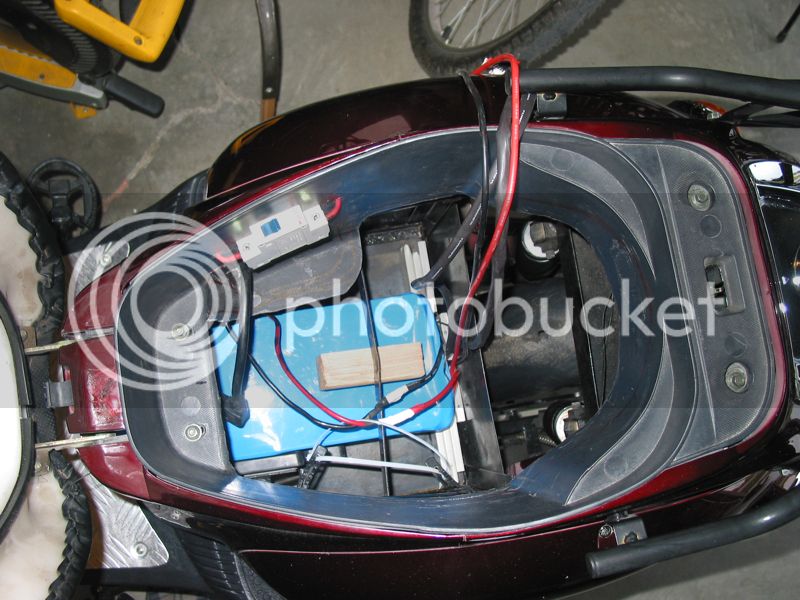
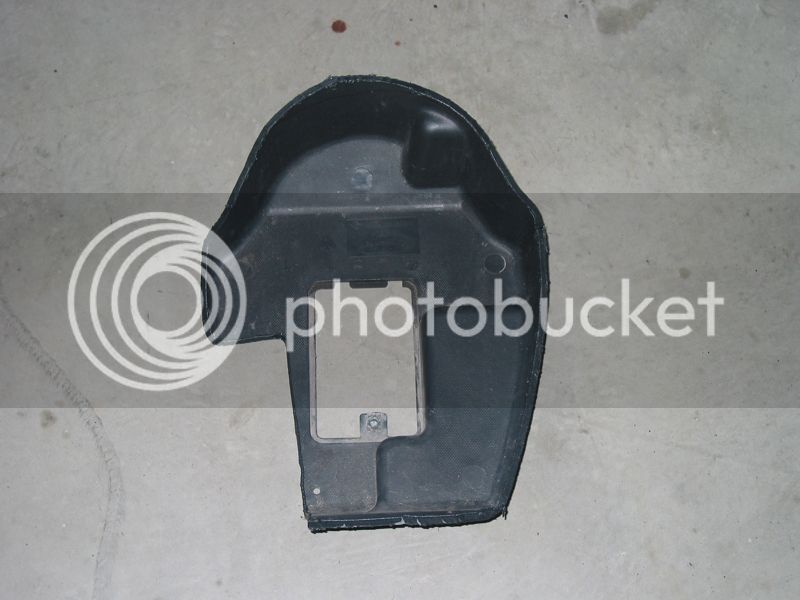
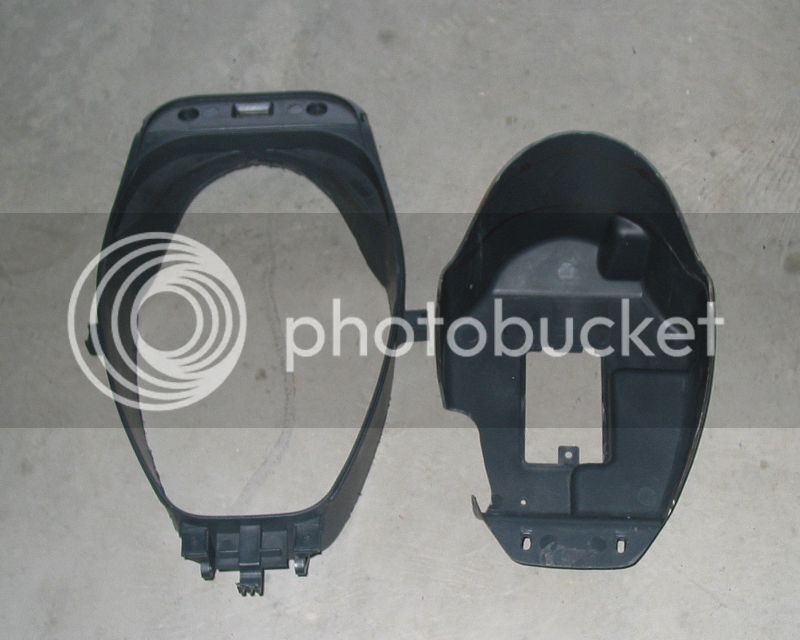
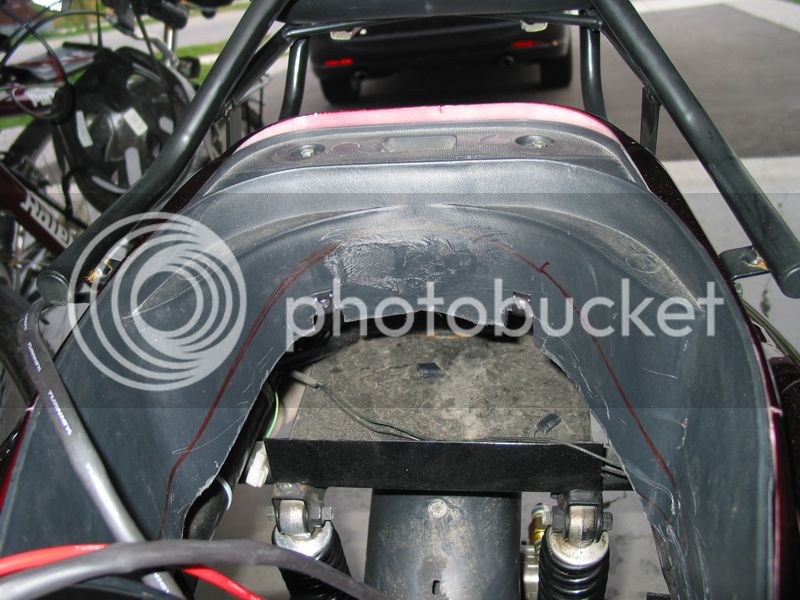

granolaboy said:(in case anyone else reads this thread and is wondering).
